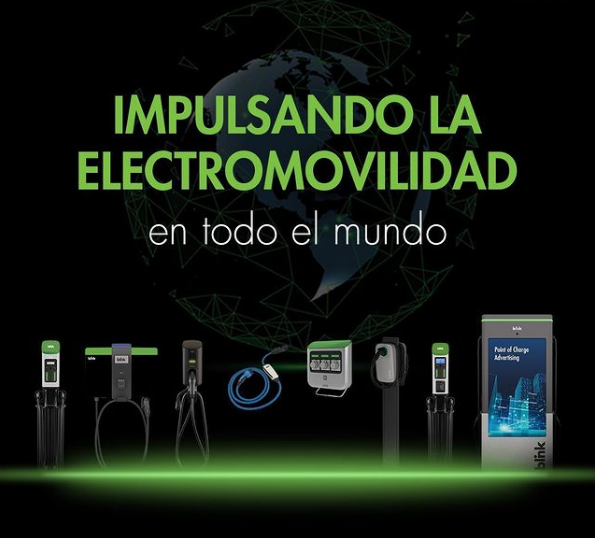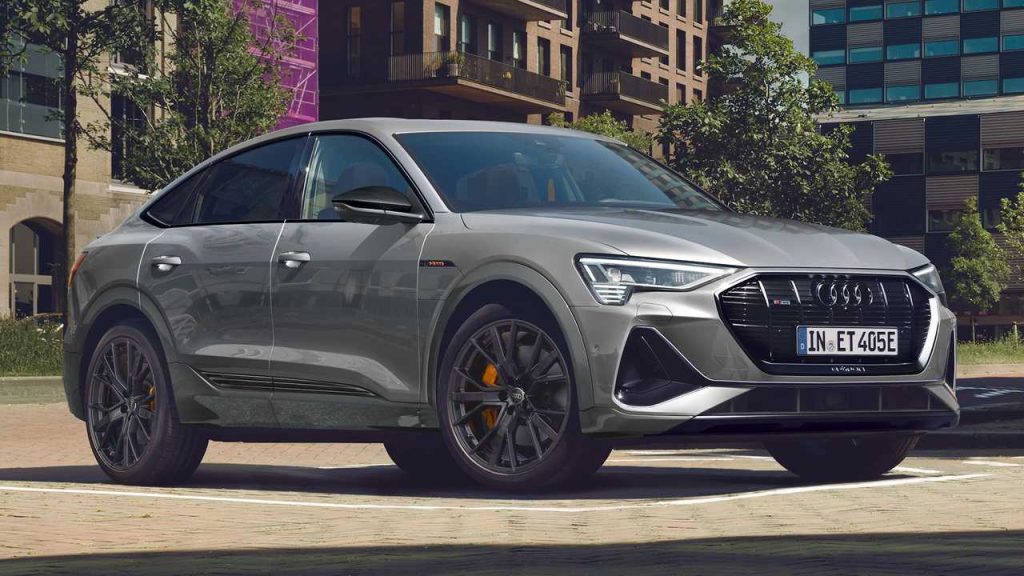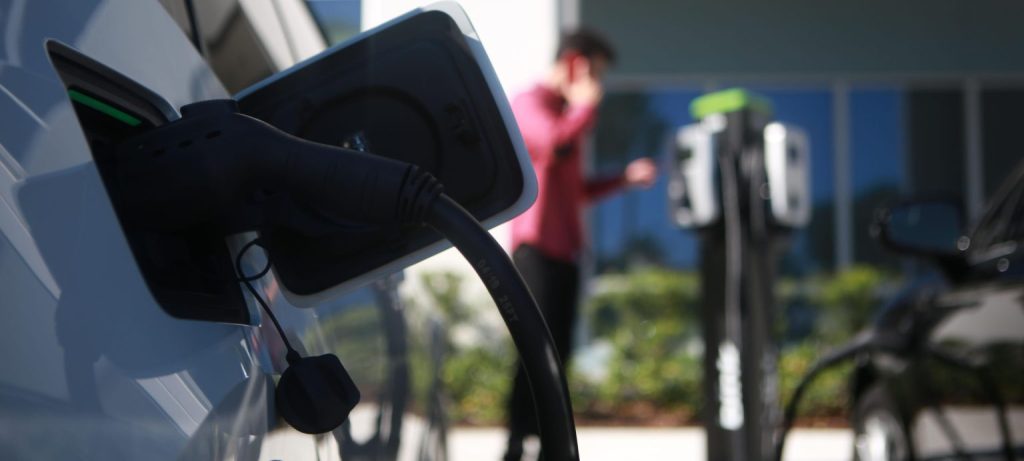After a successful expansion plan in Latin America and the world, Blink Charging began 2023 with a presentation of high-tech equipment to strengthen its offer in charging infrastructure.
At the Las Vegas Auto Show, the U.S.-based company unveiled five innovative products: the Vision, EQ 200, Series 3, PQ 150 and 30kW DC Fast Charger chargers.
For this year, the brand is committed to continue offering sophisticated Level 2 and DC charging solutions, as well as excellent customer service to consumers, distributors and their end users.
“Latin America has become one of our main expansion destinations for the coming years, so we will continue to strengthen partnerships to contribute to the adoption of electric vehicles in the region,” said Blink Charging in a press release.

Electromobility Outlook
In the field of electric SUVs, Blink believes that the demand for EVs in Latin America continues to grow steadily, so more and more vehicle brands understand the importance of offering electric solutions to their users.
They estimate that although small cars have led the electric car market so far, 2023 is set to be the year of electrified SUVs.
They cited the case of Audi, a brand that is preparing to launch in Mexico its family of SUVs: the e-tron, Audi e-tron Sportback and Audi e-tron S Sportback. And BMW, which will also launch its own range of electric SUVs, the BMW iX1 and BMW iX xDrive40.
According to Forbes Mexico, there are several electric cars that will enter the Mexican market in 2023, including the Mercedes-Benz EQS SUV.

BYD, General Motors and More
Meanwhile, the Chinese manufacturer BYD continues its expansion in the Latin American market with several electric alternatives. In Mexico it will launch the TANG EV SUV, and in Costa Rica, Colombia and Chile, among others, the Yuan Plus compact SUV.
General Motors also plans several EV launches in Latin American countries such as Colombia, Chile, Mexico and Costa Rica: the Chevrolet Blazer, an electric SUV that is also expected to be manufactured in Mexico, the Chevy Bolt EUV, and the Cadillac Lyriq.
Increased Demand for EVs
Blink Charging highlights in its report that during 2021, electric and hybrid vehicle registrations grew 107% in Latin America and 118,191 hybrid and electric vehicles were registered.
“It is difficult to make an accurate projection on how much demand for electric cars will increase in 2023, however, it is likely to continue to grow due to the continued rise in gasoline prices, the expansion of EV charging infrastructure, optimizations in vehicle batteries and, the growing supply of increasingly affordable electric cars.”
Many countries in Latin America have incentives and benefits for users who wish to purchase EVs, from exemption from vehicle mobility restrictions such as the “Pico y Placa” in Colombia and the “Hoy No Circula” program in Mexico City, to tax benefits in the payment of taxes and other formalities, such as property tax exemption in Costa Rica, new car tax (ISAN) in Mexico, and the Special Tax on the First Registration of Goods in El Salvador.
On the other hand, vehicle manufacturers are making a clear commitment to electromobility in the region, offering an increasingly wide range of luxury vehicles, family vehicles such as SUVs, sports cars, light-duty trucks, and of course, affordable vehicles for the Latin American market.
The Price of Electric Vehicles in the Region
Blink Charging believes that one of the main challenges for the EV market in the region is the cost of EVs over combustion cars. Although maintenance and total cost of ownership are proven to represent savings, the initial investment for some EVs is still high for certain Latin American users.
However, some studies indicate that EV costs will be increasingly lower and reach parity by 2040, and automakers have already started to reduce costs and make launches more affordable for consumers in the region.
Electric Vehicle Charging Infrastructure
As demand for EVs increases in Latin America and the world, so will the charging infrastructure. Similar to the growth in the purchase of EVs, it is difficult to predict exactly what will happen to the charging infrastructure in the region. However, more countries are understanding the importance of supporting its robustness as it represents one of the main barriers to EV adoption in Latin America.
Although the region is increasingly committed to promoting policies that contribute to the goal of zero emissions, these generally focus mainly on vehicles, leaving charging stations in the background.
This is where it is important that non-profit organizations and private companies continue their efforts, not only to raise awareness of this issue, but also in the installation of their own charging stations, thus supporting a progressive increase during 2023 and the coming years.




